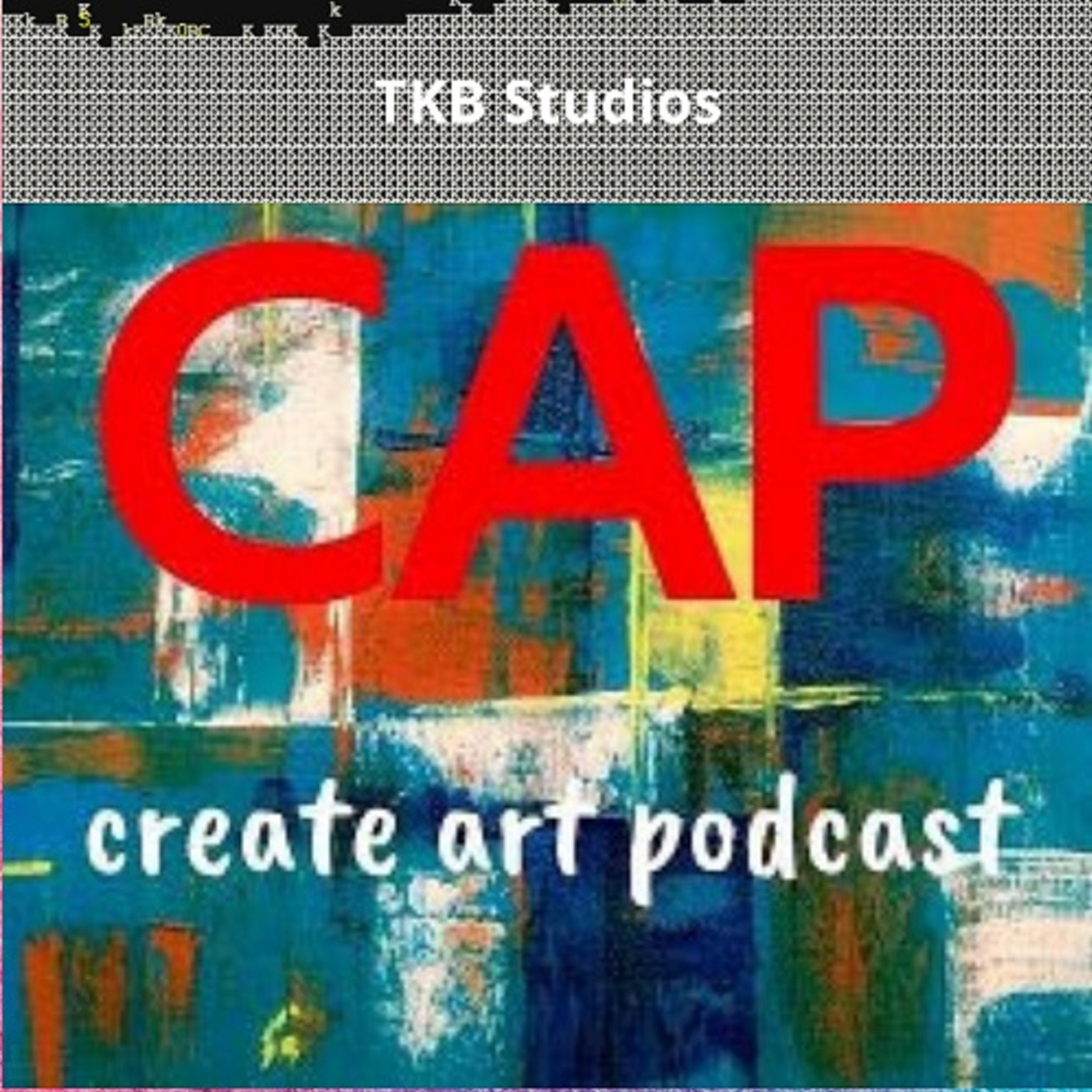POETRY FOR 30 DAYS IN APRIL DAY 7


Hello friend, I am Timothy Kimo Brien, head instigator at Create Art Podcast where we help you to tame the inner critic and create more than we consume. Every year in April National Poetry Writing Month occurs, this is a challenge to write 30 poems in 30 days and comes from the NaPoWriMo site. When you participate you are given a prompt every day for 30 days and you can choose to follow the prompt or not. Each prompt has a commentary with it and a style of poetry that you may not be familiar with. I enjoy it because it stretches my creative muscles and helps me organize my thoughts. I also really enjoy a good challenge. There is also an opportunity to read other people's work as they post on their websites and for you to comment on their work, giving them encouragement or offering a suggestion. Care to join me on this journey?
Day 7 Prompt
And now, for our (optional) prompt! There are many different poetic forms. Some have specific line counts, syllable counts, stresses, rhymes, or a mix-and-match of the above. Of the poetic forms that are based on syllable counts, probably the most well-known – to English speakers, at least – is the Japanese form called the haiku. But there are many other syllable-based forms. Today, I’d like to challenge you to pick from two of them – the shadorma, and the Fib.
The shadorma is a six-line, 26-syllable poem (or a stanza – you can write a poem that is made of multiple shadorma stanzas). The syllable count by line is 3/5/3/3/7/5. So, like the haiku, the lines are relatively short. Rather poetically, the origin of the shadorma is mysterious. I’ve seen multiple online sources call it Spanish – but “shadorma” isn’t a Spanish word (Spanish doesn’t have “sh” as a letter pairing), and neither is “xadorma,” or “jadorma,” which would approximate “shadorma” in sound. But even if this form is simply the brainchild of an internet trickster who gave it an imaginary backstory, that’s no reason why you shouldn’t try your hand at it. Every form was made up by someone, sometime.
Our second syllabic form is much more forthright about its recent origins. Like the shadorma, the Fib is a six-line form. But now, the syllable count is based off the Fibonacci sequence of 1/1/2/3/5/8. You can link multiple Fibs together into a multi-stanza poem, or even start going backwards after your first six lines, with syllable counts of 8/5/3/2/1/1. Perhaps you remember the Fibonacci sequence from math or science class – or even from nature walks. Lots of things in the natural world hew to the sequence – like pinecones and flower petals. And now your poems can, too.
Day 7 Poem
Waiting 50 Minutes To Be Told What I Know, Wasting 35 Bucks On This
I
Sit
Alone
In the room
Waiting on healthcare
The doctor asks why are you here
He has not looked
At the chart
Or my
Past
Sin
I
Start
To speak
At first fast
Then with much anger
He is not the problem I am
I interrupt
The days flow
Listen
To
Me
I
Try
To slow
To match him
To forgive the wait
Why should I be the better man
The disrespectful
Wasted
Time is
Gone
Now
There
Is
Less time
For me to
Conquer the past sin
Ensure my immortality
Exchanging that for
Being a
Mortal
No
No!
I
Go
And face
Life alone
You are not here now
As my pen reaches out to you
We are not one soul
You, not me
Will live
On
Alone
Reaching Out
To reach out to me, email timothy@createartpodcast.com I would love to hear about your journey and what you are working on. If you would like to be on the show or have me discuss a topic that is giving you trouble write in and lets start that conversation.
- Email: timothy@createartpodcast.com
- YouTube Channel: Create Art Podcast YT Channel
- IG: @createartpodcast
- Twitter: @createartpod
- Mighty Networks: Create Art Podcast











